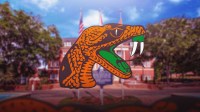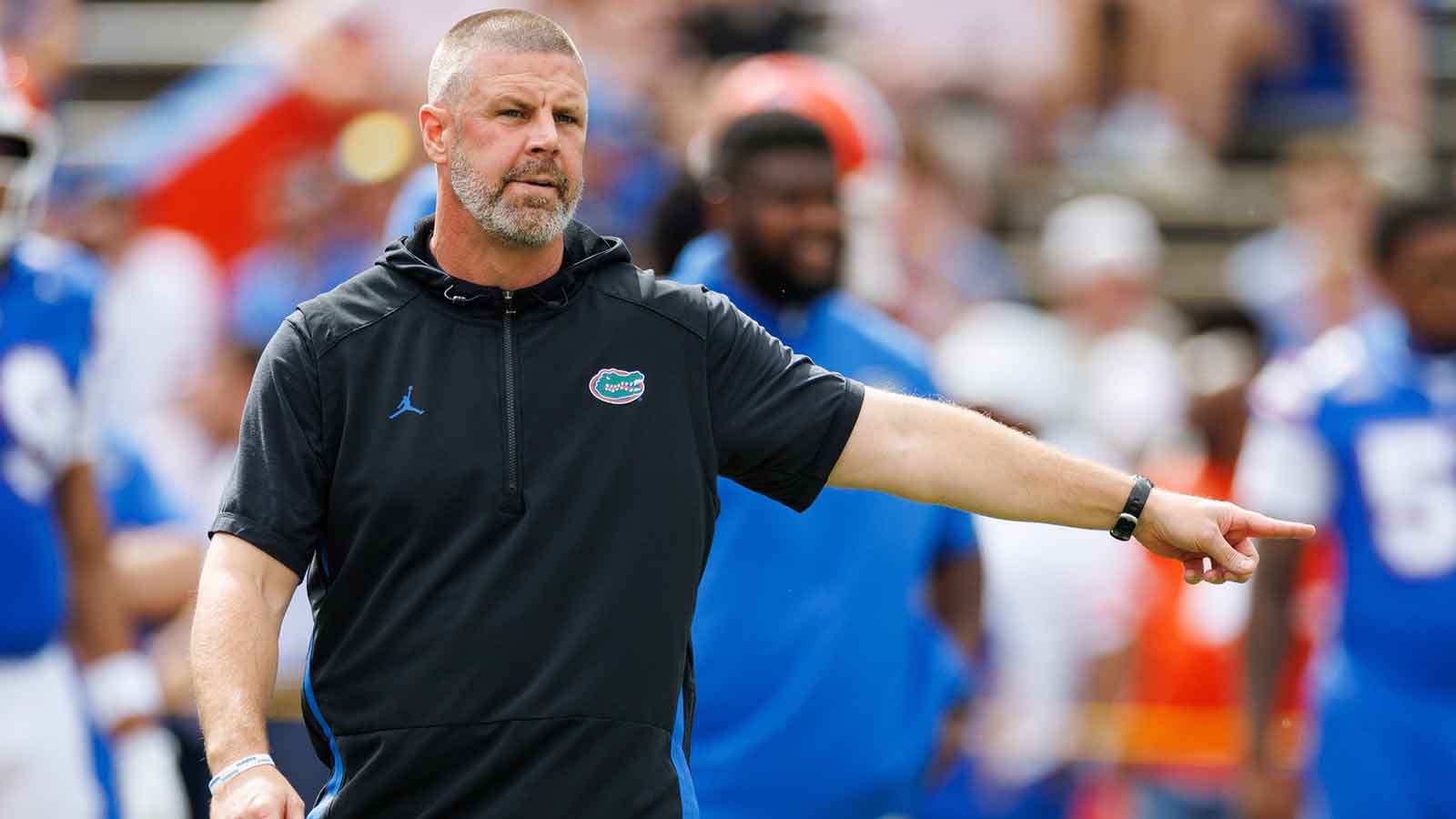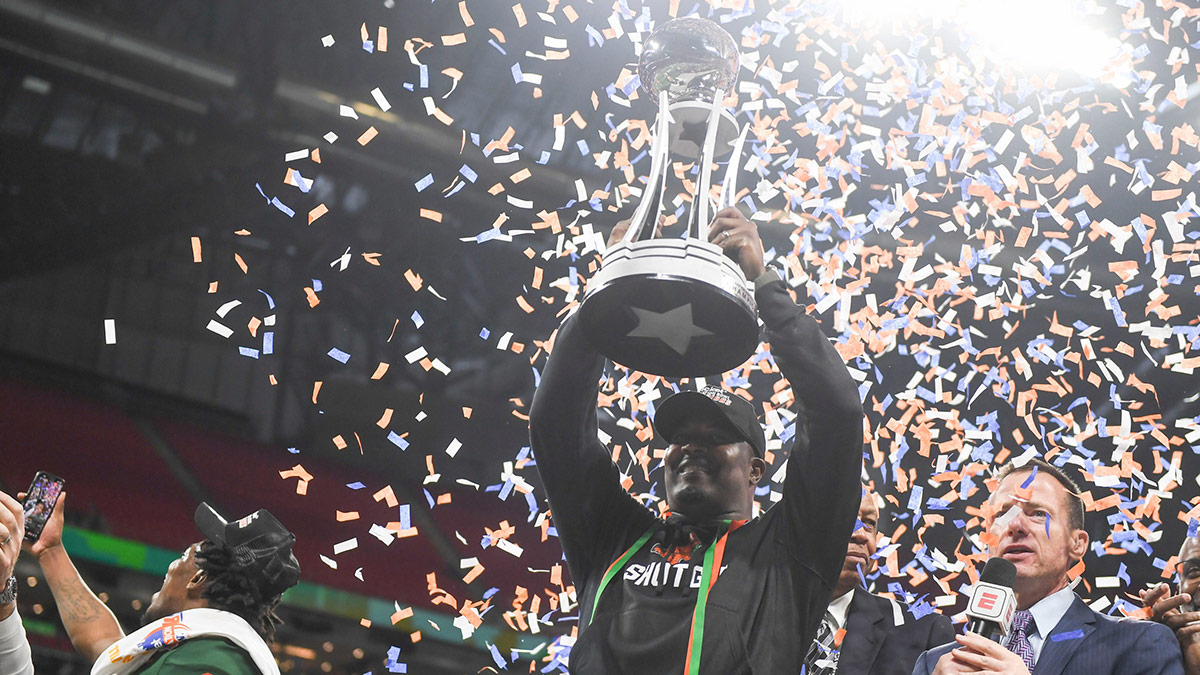North Carolina A&T State University rising seniors Kani’ya Davis and Dasia Garner have been selected as the 2026 HBCU Science Journalism Fellows at the Massachusetts Institute of Technology (MIT). Only 10 students across the country were chosen, including Davis and Garner, who are majoring in mass communication and journalism at the College of Arts, Humanities, and Social Sciences.
As part of MIT's Knight Science Journalism Program, the fellowship supports journalists in developing their knowledge of science, health, technology, and the environment while promoting scientific journalism for the general public.
Davis is the managing editor of the university's student-run newspaper, The A&T Register, and the director of community service for the campus branch of the National Association of Black Journalists (NABJ). In addition, she serves as the vice president of Black Period Project, a grassroots group that fights period poverty in the state. She is passionate about social and environmental justice and focuses her reporting on how low-income communities of color are affected by climate change in terms of livelihood and health.
“I’m most excited about learning how to research science-related topics and make them accessible to non-scientists,” said Davis. “As someone who doesn’t have a huge science background, I really want to learn how to make important scientific findings understandable for myself and my community.”
Garner is executive producer of Aggie News, the student-run news channel at the university, and director of social media for NABJ. Her coverage of nutritional science is centered on the potential of food as medicine and the role integrative medicine plays in promoting a healthy way of living.
“I am excited to connect with science journalists and bring back engaging ways to tell science-based stories to my community,” said Garner.
In June, the fellowship year begins with a week-long MIT scientific journalism summer camp. Students will interact with award-winning scientific journalists, take part in practical workshops, and meet editors from prestigious journals. In order to help fellows produce and pitch science-related stories to national and regional publications, expert scientific journalists will coach them one-on-one over the upcoming academic year. The fellowship compensates for all travel-related costs and comes with a $5,000 stipend.
For other journalism students looking for similar opportunities, Davis and Garner both advise keeping contact with professors, taking part in extracurricular learning activities, and maintaining confidence in one's journalistic abilities.



















